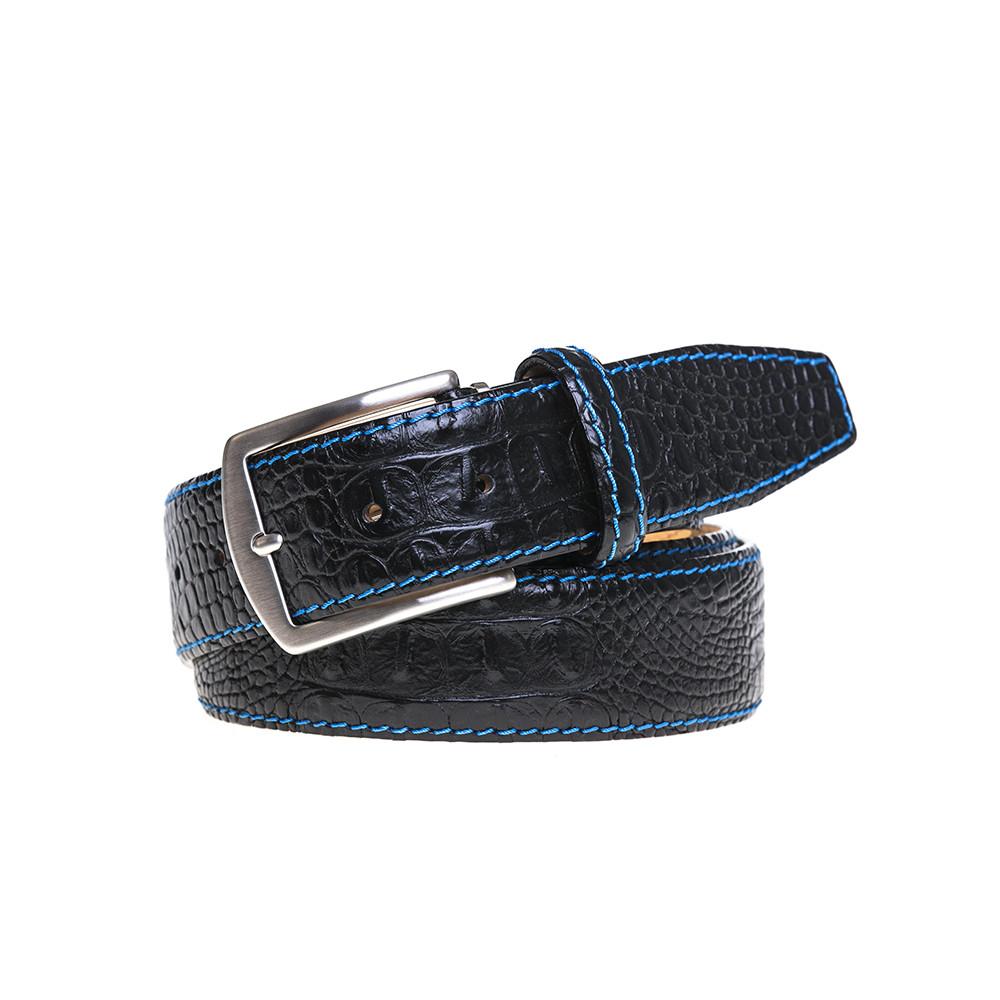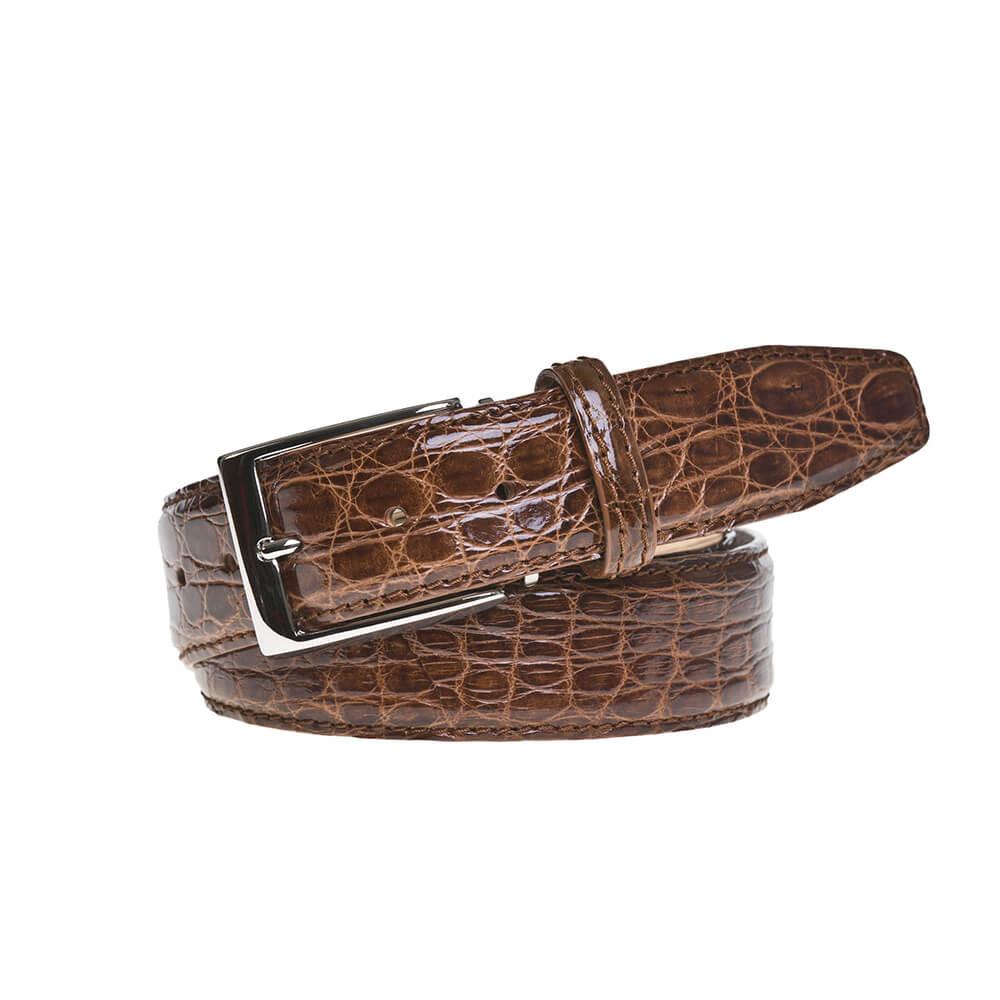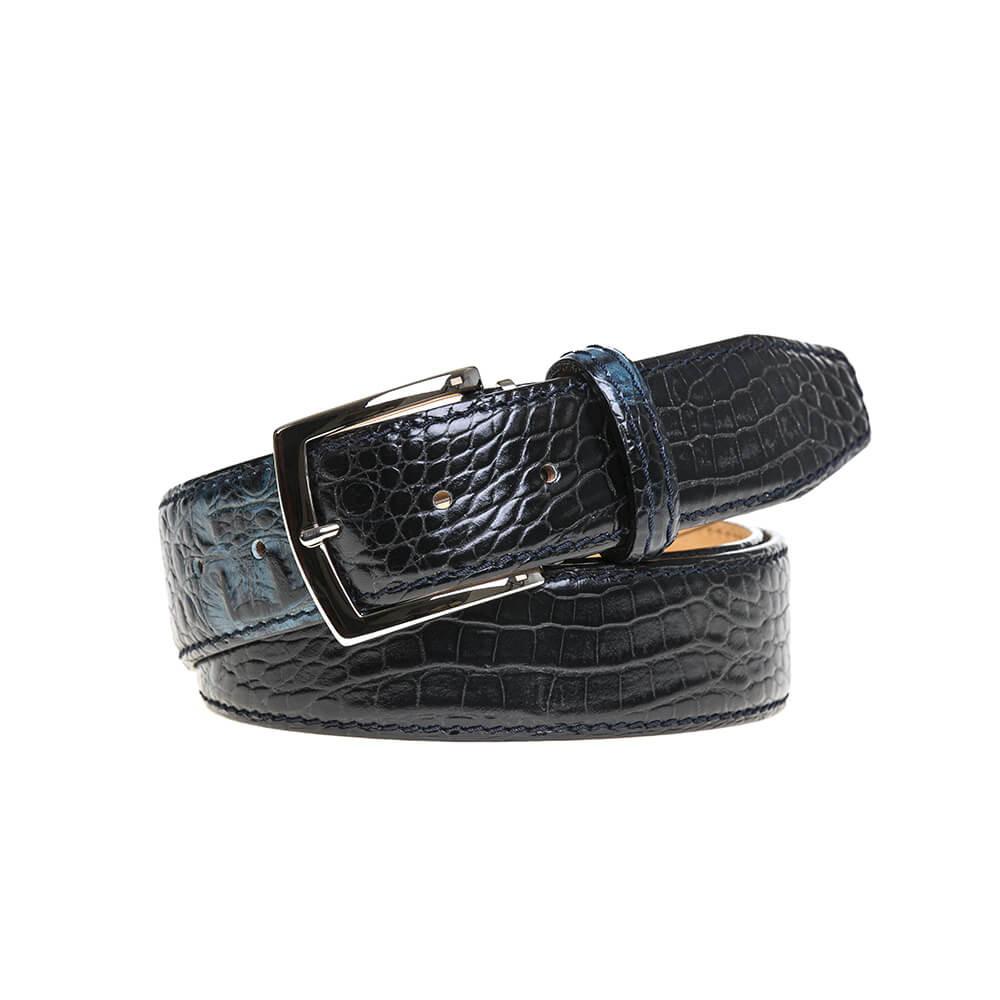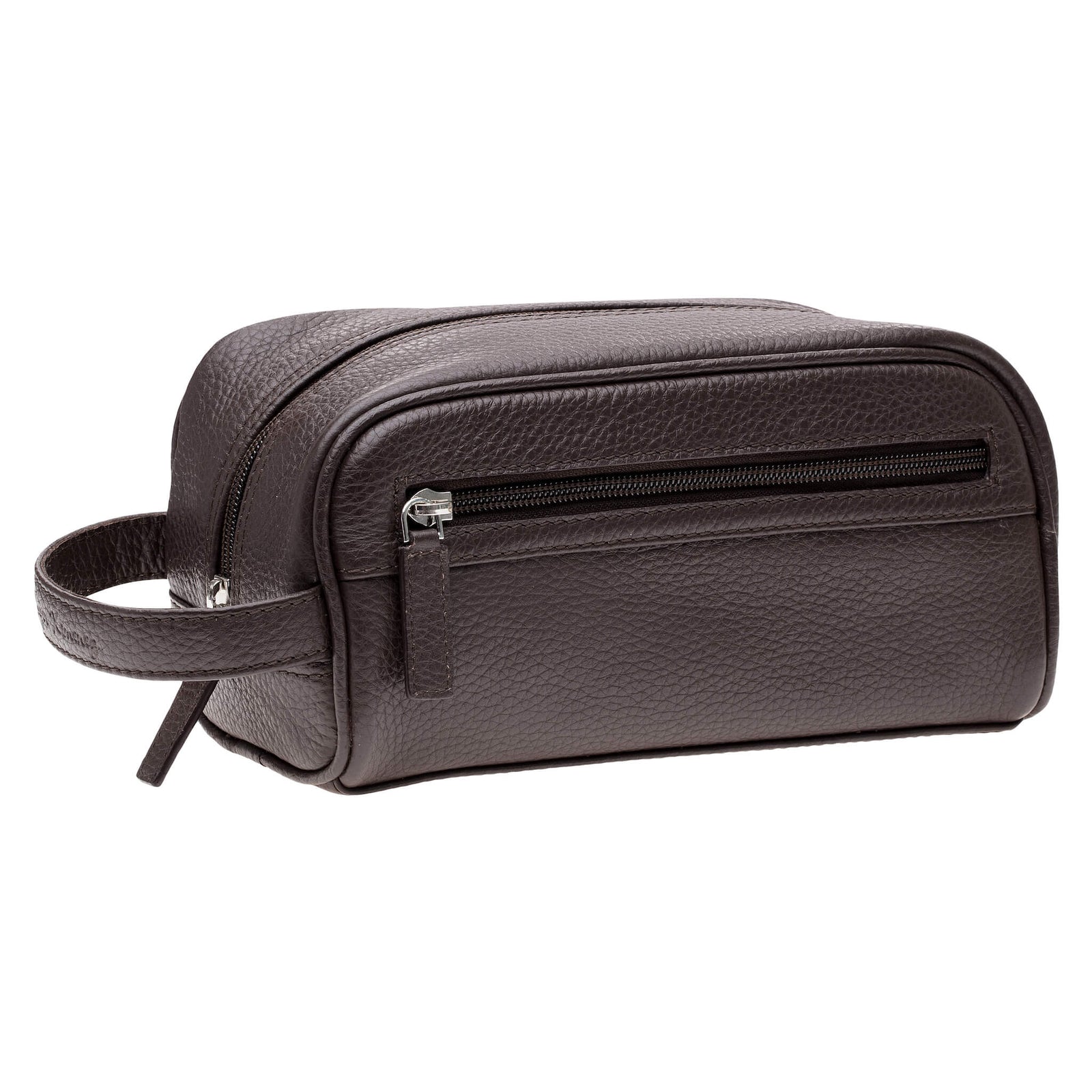Free Expedited Shipping on All Orders Over $75
Free Expedited Shipping on All Orders Over $75
Belts
Accessories
About

The Environmental Impact of Leather Production and How Roger Ximenez is Leading the Charge for Sustainability
January 18, 2023 3 min read
Vegetable tanning is a traditional leather-making technique that uses natural tannins from plants to tan the leather. This method has been used for centuries and is known for producing a high-quality, durable leather that is also environmentally friendly. One of the primary benefits of vegetable tanning is that it uses natural, biodegradable substances, rather than synthetic chemicals. This helps to reduce the environmental impact of leather production and also results in a leather that is free of harmful chemicals.
How Roger Ximenez is Leading the Charge for Sustainability
At Roger Ximenez, we are committed to using sustainable practices in all of our leather production. We use only the highest-quality, vegetable-tanned leather in all of our products and have implemented a number of other sustainable practices throughout our production process.
For example, we work with suppliers who are committed to using environmentally-friendly practices and have strict guidelines in place to ensure that our leather is produced in an ethical and sustainable manner. We also use eco-friendly packaging and have implemented energy-saving measures in our production facilities to minimize our carbon footprint.
In addition to our commitment to sustainability, we also believe in transparency. We are open and honest about our production processes and are always willing to answer any questions customers may have about our leather and how it is made.
Other Leather Tanning Processes and Their Environmental Impact
While vegetable tanning is a sustainable method of leather production, there are other tanning processes that are not as environmentally friendly. Some of the most common methods of leather tanning include:
- Chrome tanning: This is the most widely-used method of leather tanning and involves using chromium salts to tan the leather. While it is a fast and efficient method, it can have negative environmental impacts due to the release of hazardous chemicals into the air and water during the production process.
- Aldehyde tanning: This method uses chemicals such as formaldehyde and other aldehydes to tan the leather. These chemicals are known to be harmful to both humans and the environment, and their use in the production process can contribute to air and water pollution.
- Synthetic tanning: This method uses synthetic chemicals such as polyurethane to tan the leather. While it is a fast and efficient process, it can result in the release of harmful chemicals into the environment, contributing to air and water pollution.
Why Choose Vegetable-Tanned Leather?
While other methods of leather tanning may be faster and more efficient, they come with a higher environmental cost. By choosing vegetable-tanned leather, you can enjoy the benefits of a high-quality, durable leather without contributing to the negative environmental impacts of traditional tanning processes.
In addition to being more environmentally friendly, vegetable-tanned leather has a number of other benefits. It is known for its rich, natural color and unique patina, which develops over time as the leather is worn and exposed to the elements. It is also more durable and long-lasting, making it a wise investment for those who want a leather product that will stand the test of time.
The Future of Sustainable Leather Production
At Roger Ximenez, we are proud to be leading the charge for sustainable leather production. We believe that it is possible to create high-quality leather goods without sacrificing the environment, and we are committed to doing our part to reduce the environmental impact of leather production.
We encourage other companies in the leather industry to join us in our efforts to create a more sustainable future. By working together and using environmentally-friendly practices, we can create a brighter future for both our industry and the planet as a whole.
Subscribe
Sign up to get the latest on sales, new releases and more …









![40 mm Italian Solid Brass Belt Buckle with Gunmetal Finish 9175. - [variant_title] | Mens Fashion & Leather Goods by Roger Ximenez](http://www.rogerximenez.com/cdn/shop/products/Buckle_40mm_9175Zamac_Gun_Metal_Made_in_Italy_1600x.jpg?v=1572538099)